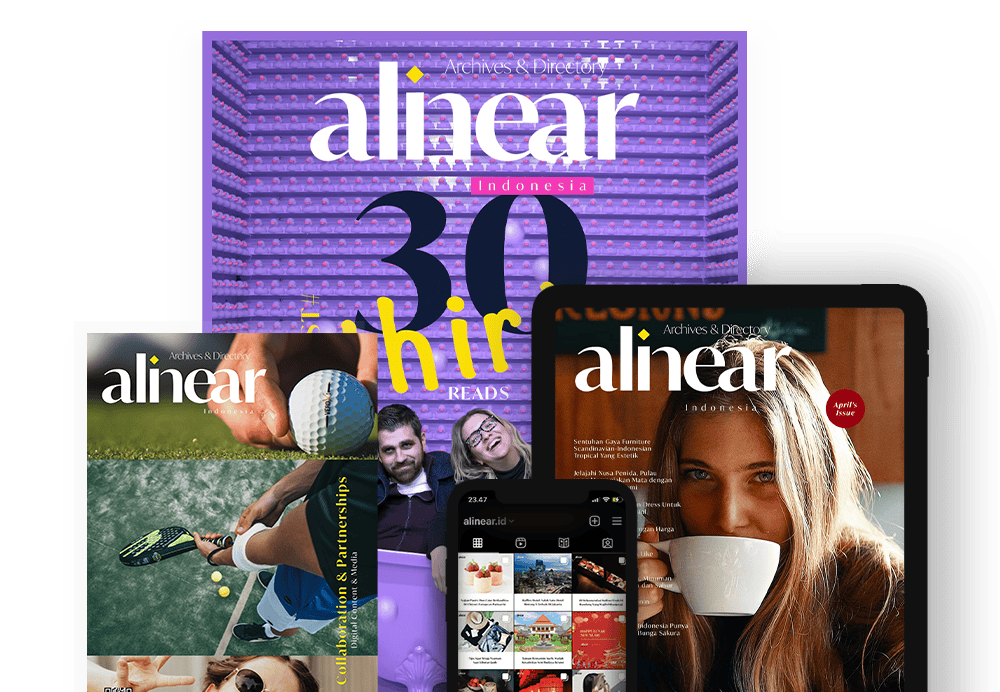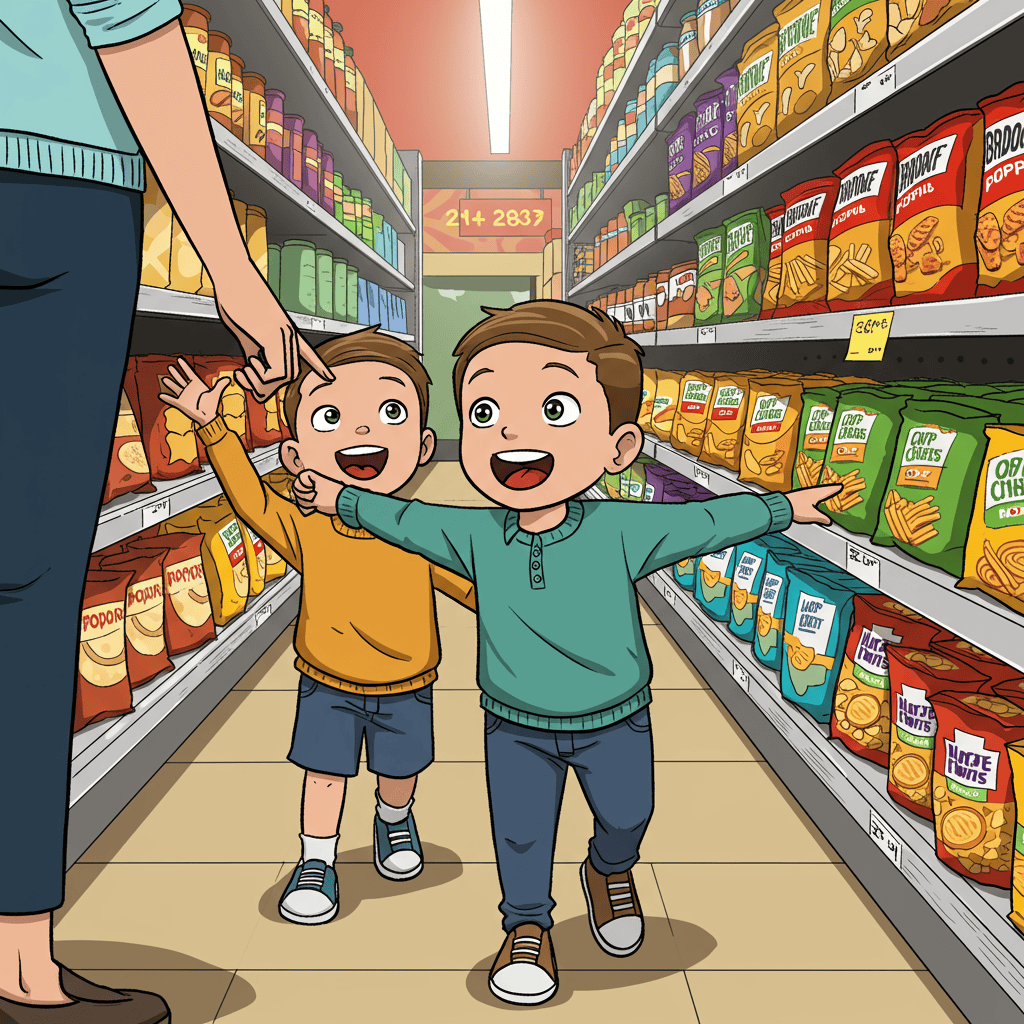
"Learn what Ultra-Processed Food (UPF) is, its addictive nature, chronic inflammation effects, and why Front-of-Package Warning Labels (FOPL) are the most effective solution."
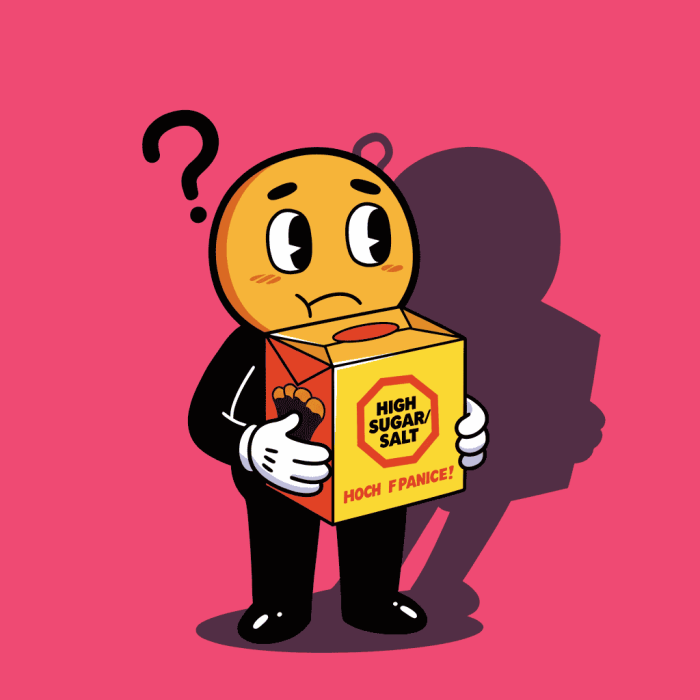
Photo source: SR Digital - Alinear Indonesia (Gemini by Google)

Photo source: SR Digital - Alinear Indonesia (Gemini by Google)

Photo source: SR Digital - Alinear Indonesia (Gemini by Google)
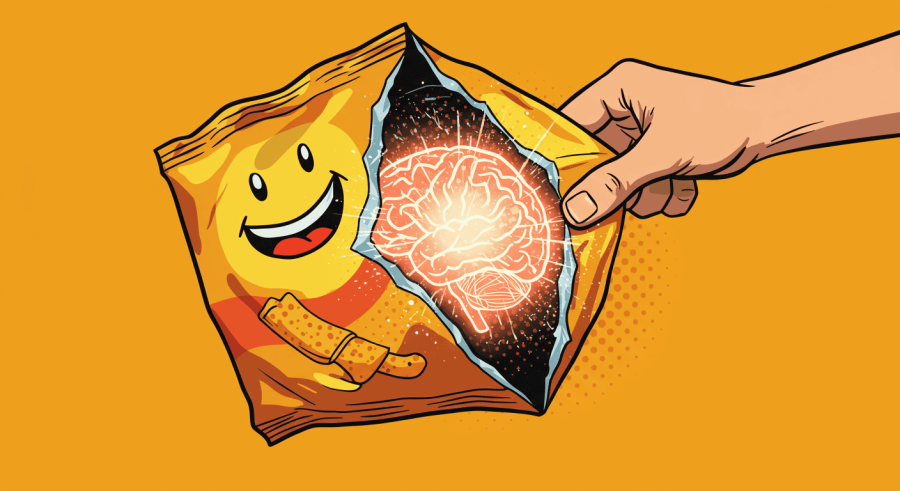
Photo source: SR Digital - Alinear Indonesia (Gemini by Google)
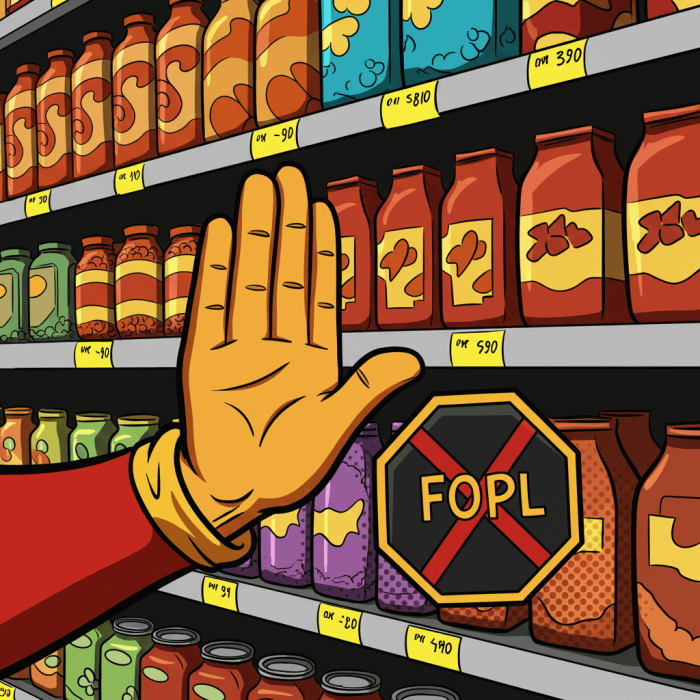
Photo source: SR Digital - Alinear Indonesia (Gemini by Google)
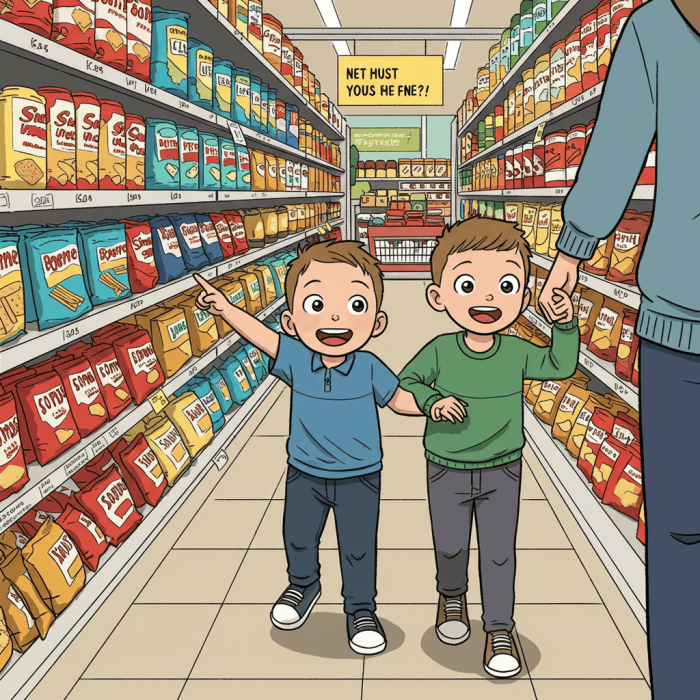
Photo source: SR Digital - Alinear Indonesia (Gemini by Google)














